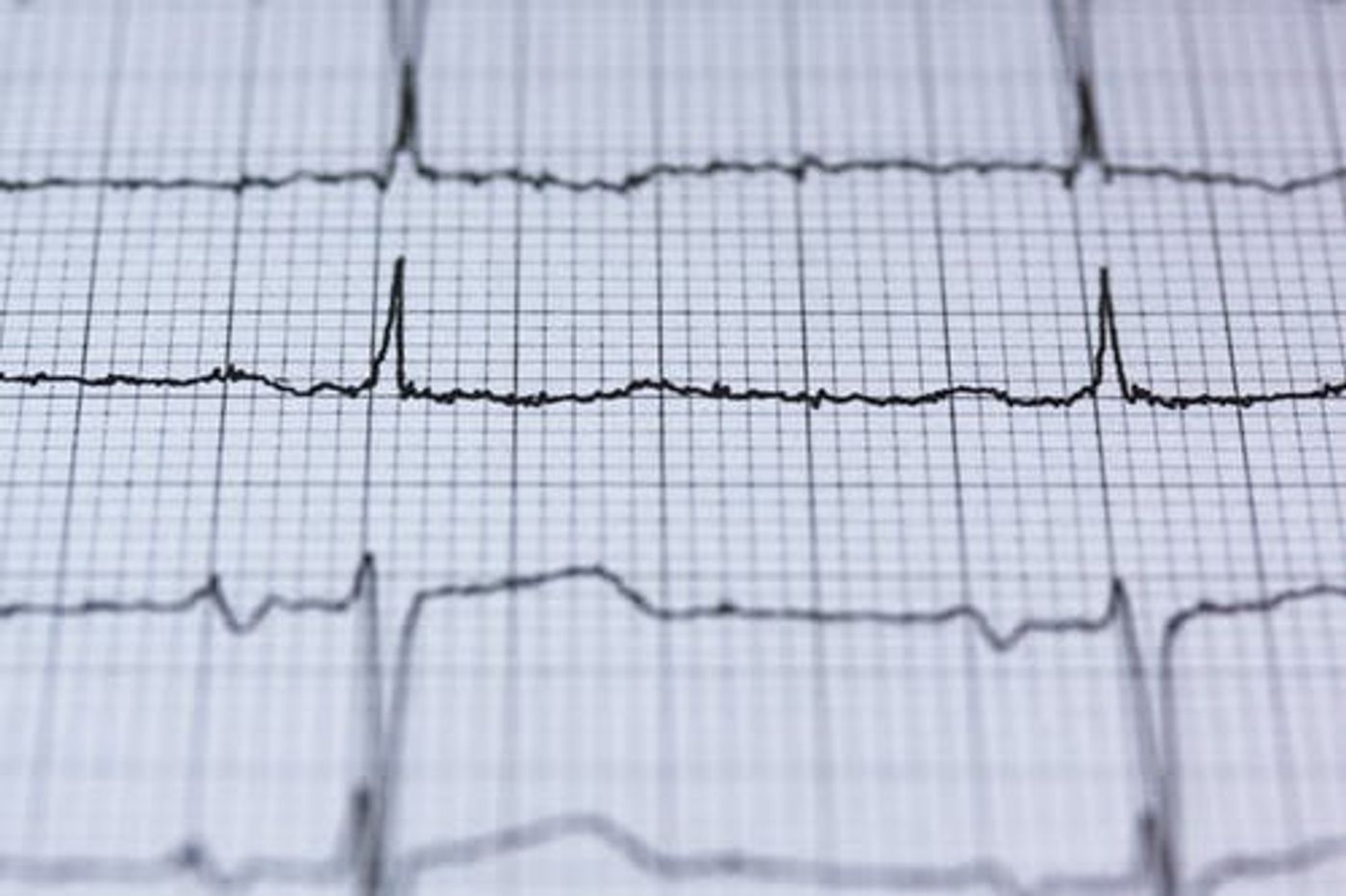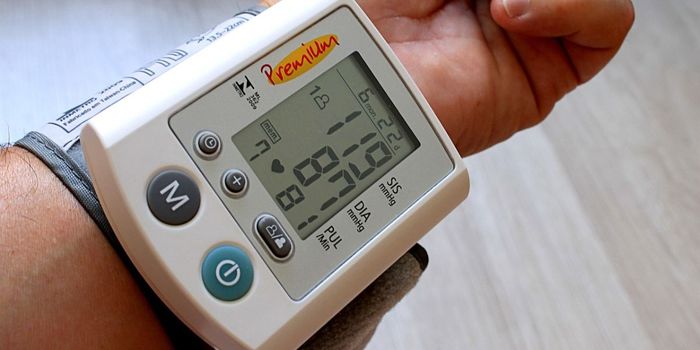New Noninvasive Method For Controlling Atrial Fibrillation
Atrial fibrillation or Afib is a condition in which the heartbeat is irregular. Often the pulse is rapid in Afib patients as the heart attempts to maintain efficiency despite this irregularity.
Specifically, in patients with Afib, the heart’s chambers beat out of sync. Symptoms include weakness, shortness of breath, and chest pain. Having atrial fibrillation can increase your risk of stroke, heart failure, and other heart-related maladies.
Although Afib is not usually life-threatening, it is a serious condition that requires treatment. Treatments until now have focused mainly on medications and occasionally electrical shock for relief while newer interventions seek to help patients for whom these therapies are not ideal.
Many people with Afib are asymptomatic and therefore unaware they have the condition. Often Afib is diagnosed at regularly scheduled well-visits with primary care physicians.
Not all patient have Afib consistently. Afib can also be occasional, meaning it comes and goes; persistent, where interventions are required to return the heart rhythm to normal; or permanent, where normal rhythm cannot be restored through interventions.
Possible causes of Afib include high blood pressure, a history of heart attack, congenital heart defects, previous heart surgeries, and more. Risk factors for Afib include advanced stage, other chronic conditions, alcohol use, and obesity.
For treating Afib, the possibility of using an epilepsy treatment has shown promise. Researchers sought to examine the effect of transcutaneous stimulation of the vagus nerve on heart rhythm. This was the first study of its kind.
Researchers found that this type of therapy could successfully be used to control a patient’s Afib burden by up to 75%. In addition to being useful in Afib treatment, this type of nerve stimulation is already FDA approved for the treatment of epilepsy.
Not only is it safe and effective, but it is also possible to self administer, and patients report high levels of adherence.
The device itself is a small clip attached to either the tragus or the earlobe. Once connected, it provides low-level transcutaneous electrical stimulation to the auricular branch of the vagus nerve.
The authors of the study hoped to pinpoint populations for whom the device may be most helpful. They also called for more extensive studies to be conducted to corroborate and enhance their findings.
Sources: Khan Academy, Diagnostic and Interventional Cardiology










